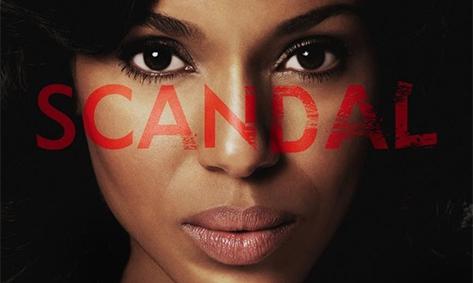Led by Jeanine Poggi, TV reporter for Advertising Age, a panel of digital marketing leaders gave the audience at The Conference 2014 in New York City some insight into what they have learned about the importance of social media, the way it influences programing and how audiences consume it.
However, it was actor Kevin Spacey who kicked off the conversation.
In a video clip of his speech at the Edinburgh television festival last year, Spacey implored the programming industry to give audiences what they want: greater control of the ways they watch and engage with television. Thursday’s panel—which included Drew Buckley, chief operating officer at Electus; Conal Byrne, vice president of digital media at Discovery Communications; Kay Madati, head of entertainment and media at Facebook and Ellen Stone, executive vice president of marketing at Bravo and Oxygen. had lots to say about how each of their companies is using social media to do just that.
From sharing to real-time participation, second-screen engagement has moved from a marketing afterthought toward being an essential element for some shows.
“’Biker Live’ is decided through hashtag voting through Twitter. In the brainstorming of the show we are talking about social media,” said Discovery’s Byrne, noting that social media presents challenges as well as benefits. “Social-media audiences can be different than the general audiences, so we have to think ‘Do I correct for my show audience, or do I let it play out with the social media audience?’ “
Discovery isn’t the only channel considering social-media components before a show even begins. Drew Buckley shared that programs from Electus may have a better shot if the show’s talent can bring in an already robust social-media following.
“It helps to pitch a show if [the talent is] active on social media. We’re looking for a good show. We have to figure out what the show is and nail that, and then what are the components that help drive the idea,” said Buckley.
Byrne and Ellen Stone echoed the idea that getting casts connected to audiences can be even more important than just pleasing fans via the shows themselves.
“[Scandal’s] Kerry Washington picked up the gauntlet. She said ‘I’m going to make my fans know I’m thinking about the show even when I’m not on it,’” Stone said before Byrne added, “People will follow people 365 days a year, if not a show.”
Engaged talent can encourage a bond between a show and its audience, even when a show is off-air, but it’s also huge when it comes to real-time viewing. The panel agreed that the connection does far more for first-screen viewing than it does to detract.
“If you’re engaged on the second or third screen, you’re soon so engaged in the programming that you’re not going to turn the channel. We believe that the more you utilize the multiple screens or activity around the show, the more likely you are to come back. We just want to own all of those screens,” Stone said.
As social moves closer to being a programming strategy than solely a marketing strategy, the emphasis has shifted from numbers to what Stone called “social sentiment.”
“What are those people actually doing?” asked Facebook’s Kay Madati, discussing the move from just tracking fans to tracking their actions. “Those metrics are built in now too. You can see how they are commenting and the distribution of photos and video. When you hit 30 million, what is more interesting is to see what the fans are doing with the content.”
Tags:













































__twocolumncontent.jpg)











